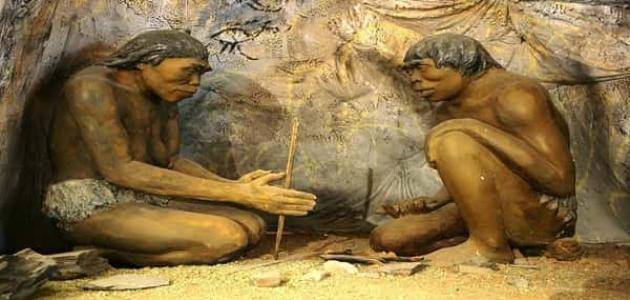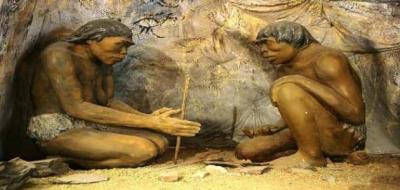In a scientific archaeological discovery, a recent Swedish study revealed that the DNA found in pieces of chewing gum chewed by teenagers during the Stone Age provides insights into oral diseases from that era. The study, conducted by a team of paleontologists from Stockholm University and published in the journal "Scientific Reports," offered information about the diet of these prehistoric people who relied on hunting and gathering.
Anders Götherström, a co-author of the study, explained that the gum samples were likely chewed by teenagers, both girls and boys, at a specific age. These pieces of birch bark, wet with saliva and bearing tooth marks, were discovered 30 years ago alongside bones at the Hösby Cliff site in northern what is now Gothenburg, one of the oldest archaeological sites in Scandinavia containing human remains.
Moreover, the researcher added, "We believe this gum was used like glue to bind objects together. They may also have chewed it for pleasure or because they attributed therapeutic benefits to it." Götherström stated, "We found a significant number of bacteria indicating a severe case of gingivitis, a serious gum infection." He added, "In one instance, we know it belonged to a young woman who likely began losing her teeth after using this gum. This infection must have caused her a lot of pain."
Additionally, the research results highlighted the diet of this Scandinavian community, which consisted of a variety of foods including hazelnuts, deer, and brook trout, with traces of DNA from apples, ducks, and foxes discovered in the analyses. Götherström continued, "When we analyze a human bone, we extract human DNA, but what is particularly interesting about this gum is the evidence of what was consumed by the individual and the bacteria specific to the person who carried it; there is no other way to achieve these results."
He concluded, "We see the imprint left by teenagers' teeth on the gum thousands of years ago, and for us as archaeologists, there is also a philosophical dimension regarding the relationship between humans, DNA, and the archaeological piece." It is noteworthy that in 2019, an initial study of pieces of gum allowed for the determination of the genetic makeup of individuals, and now, traces of non-human DNA are being uncovered.




